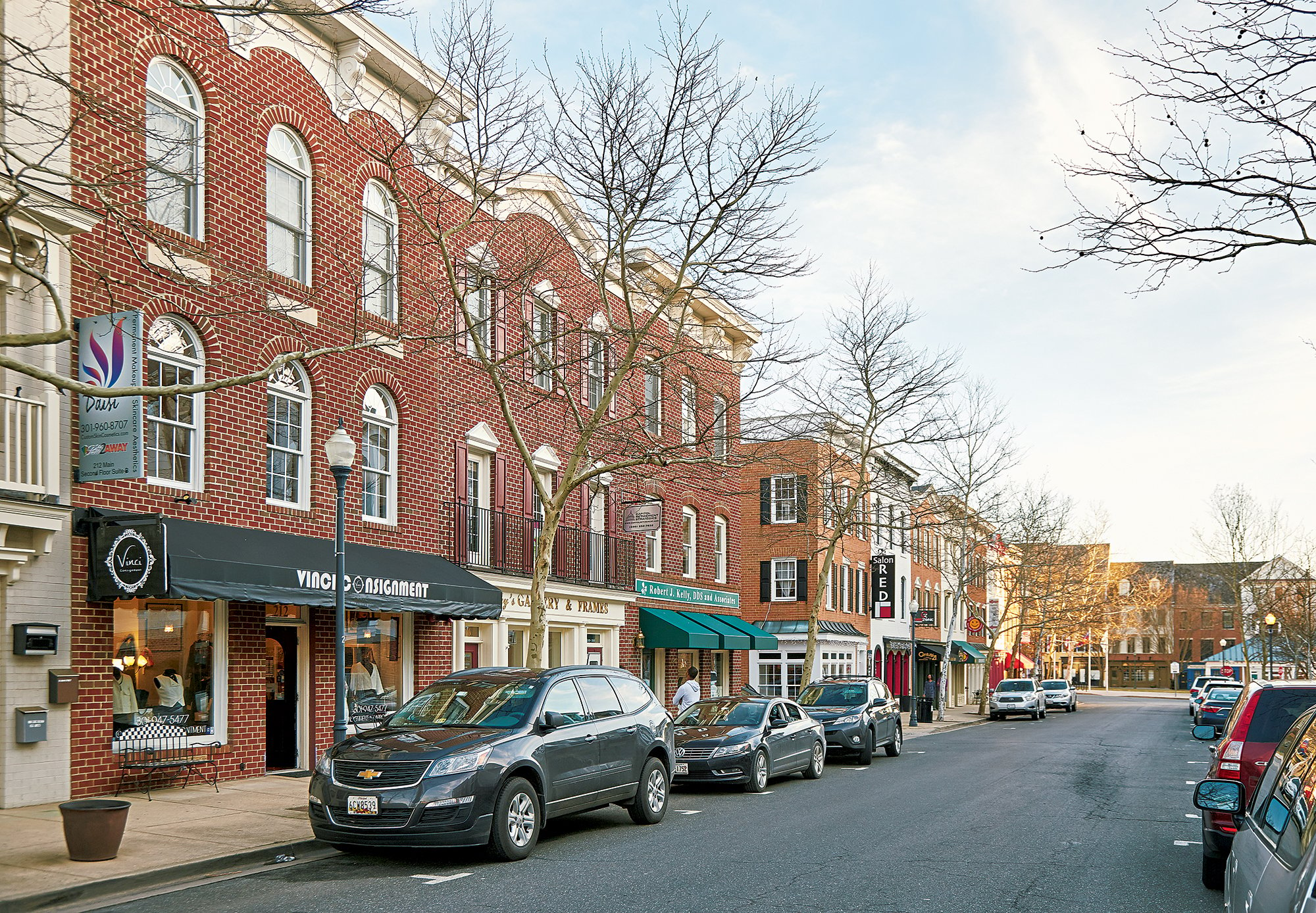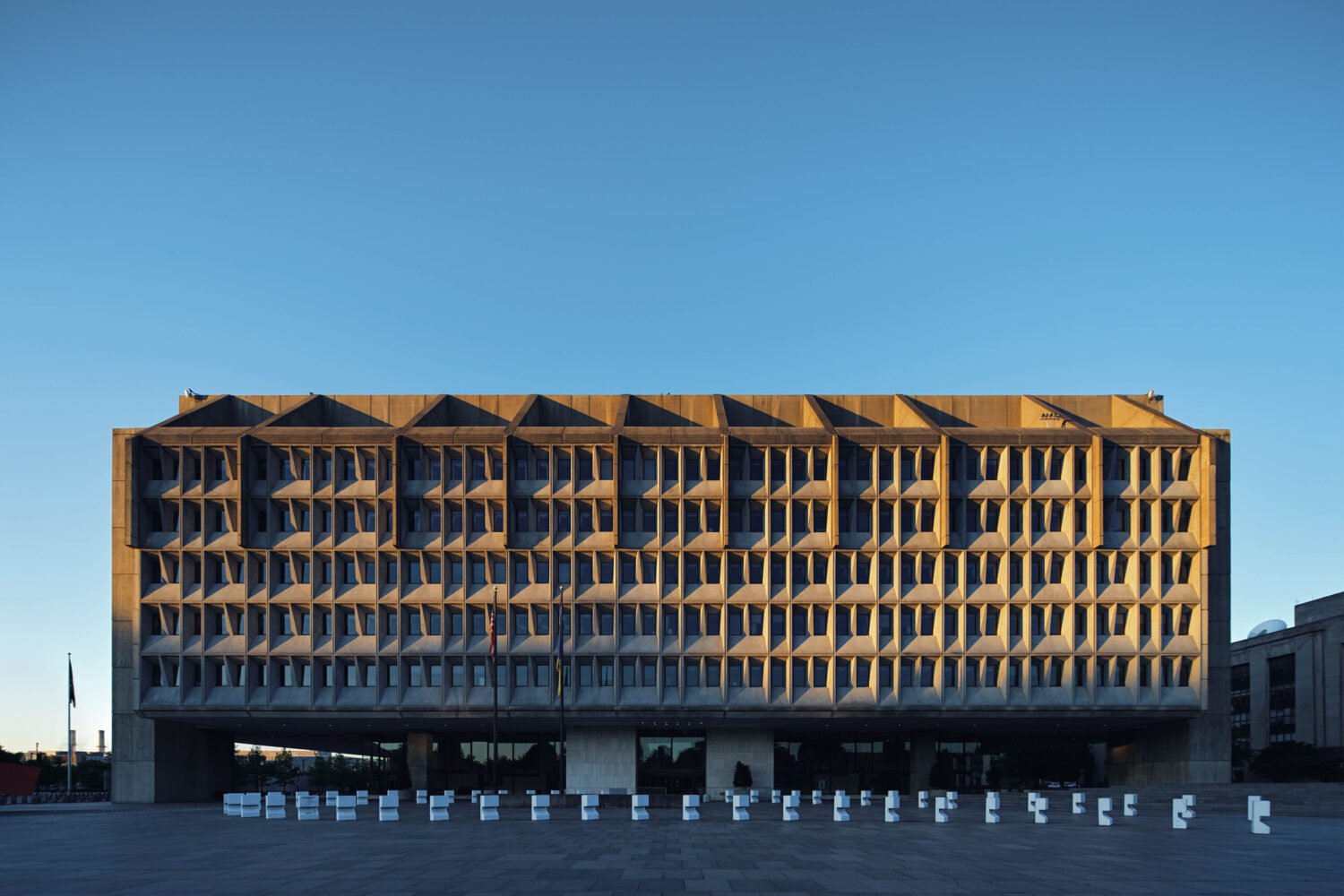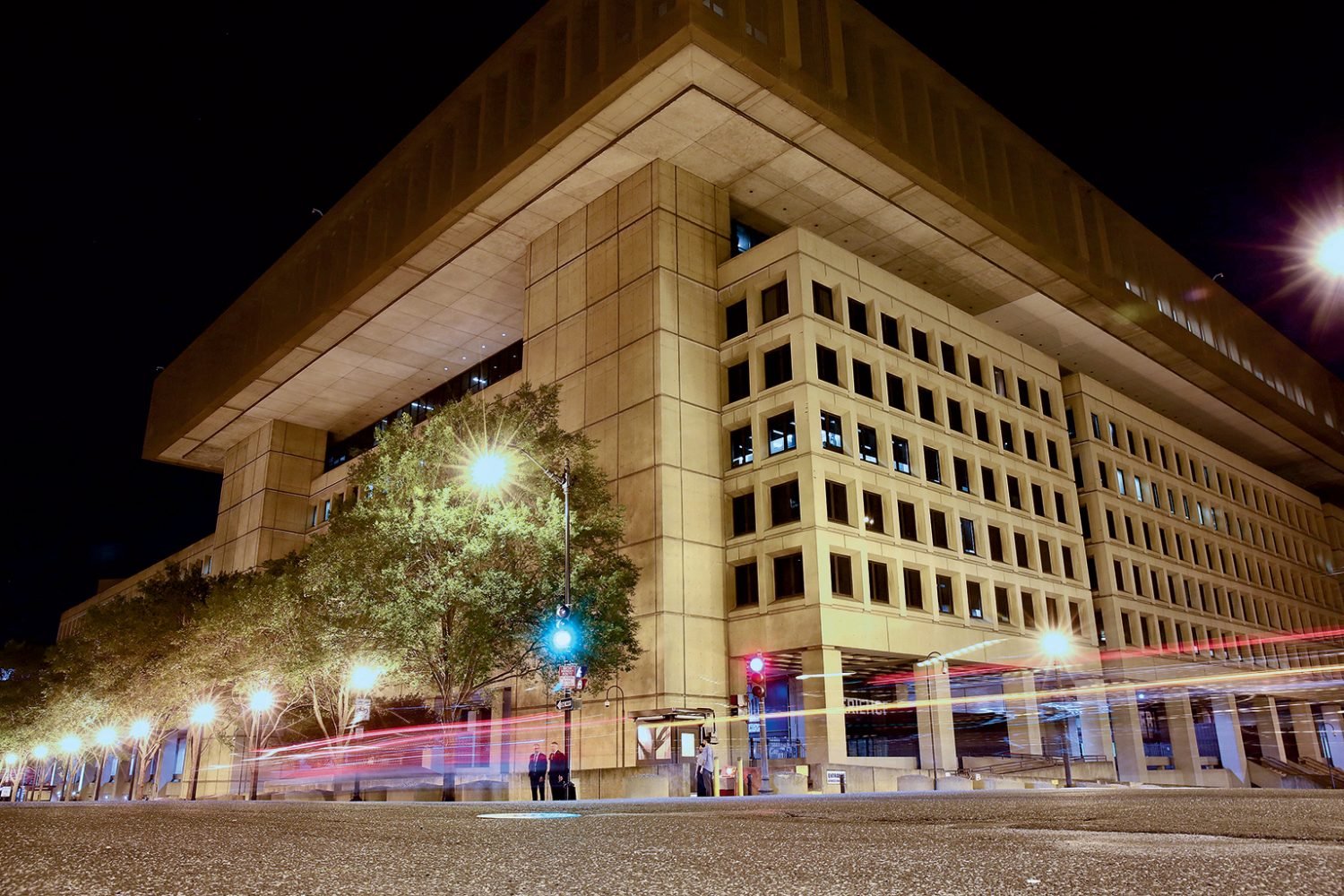What if you could lift up Georgetown and plop it down in the middle of Gaithersburg? That was the basic idea behind Kentlands, a planned community that opened in 1988 to much fanfare. Time even gave it a “Best of 1991” design award, heralding it as a new kind of suburban living that captured the best parts of city life without all of the downsides. Who wouldn’t want that?
But Kentlands was a flop, at least at first. Critics found it too prefab, and many suburbanites at the time didn’t actually want to feel like they were living in the city. But as Kentlands celebrates its 30th anniversary, its innovative design now feels remarkably prescient. In the 1990s, it spawned several copycat neighborhoods around Washington, such as King Farm in Rockville and Cameron Station in Alexandria. Those were followed by the creation of higher-density town centers such as Bethesda’s and Reston’s that transformed their surroundings, and renewed interest in urban living even helped spur the revival of DC neighborhoods including Shaw and Petworth. More recently, inner-city projects like the Wharf are similarly striving to replicate the feel of an unplanned community. The original Gaithersburg experiment, meanwhile, may be better known as a place to shop than for its history. But Kentlands’ ups and downs offer some intriguing insight into how life in Washington—and urban planning in general—has evolved.
Kentlands was created by local developer Joe Alfandre, who wanted to capture the feel of DC-area neighborhoods he loved as a kid. After buying a 352-acre estate on Gaithersburg’s west side, he tapped architects Andrés Duany and Elizabeth Plater-Zyberk, who led a five-day brainstorming workshop that included community members and city officials. The houses would be close together, they decided, so neighbors could get to know one another, and they’d be a mix of traditional styles—Colonial, Victorian, Craftsman, etc.—so it would look as if it had been built over time rather than all at once.
Instead of typical suburban loops and cul-de-sacs, the streets would form a tightly connected urban-style grid, enabling easy walking and biking. A series of parks and lakes would weave through the complex; at the center was an elementary school, a house of worship, and a Main Street lined with shops. The idea was to offer something often lost in the sprawl: a real community.
Duany and Plater-Zyberk called the style New Urbanism, and the idea eventually took off around the country. In their 2000 book, Suburban Nation, they write about a “direct causal relationship between the character of the physical environment and the social health of families and the community at large.” In other words, building new towns that look like old towns could be good for people.
With its sidewalks, streetlights, and close-to-the-road townhouses, Kentlands really did offer a reasonable facsimile of downtown life. But all that effort meant that the homes were pricier than in typical subdivisions, and while buyers were intrigued by the design, the early-1990s recession tamped down home sales. What’s more, Alfandre’s original idea for an upscale shopping mall within walking distance—a key part of his business plan—fizzled out, leaving him strapped for cash. In 1991, he was forced to give up control of Kentlands to Chevy Chase Bank.
Over the next several years, the bank undid some of what made Kentlands unique. A shopping center opened with suburban staples such as Lowe’s and Giant. Another developer bought land right next to Kentlands and built an extension called Lakelands, with cheaper, more generic houses and some cul-de-sacs. But the area retained much of its original character, and Alfandre remained as an adviser to Chevy Chase Bank. With time, Kentlands came to seem less like contrived nostalgia and more like just a nice place to live.
One recent weekend, I headed to Kentlands to see how Alfandre’s vision has held up three decades later. Walking around its relatively narrow residential streets, I was taken with the quality and variety of the housing. The original areas are gorgeous, in fact, lined with an impressive mix of styles: modest cottages, handsome rowhouses, swanky mansions, Georgian-style apartment buildings.
Kentlands’ shops and restaurants attract people from across the area, who buy groceries at the Whole Foods, work out at Orangetheory Fitness, or watch a movie at the Art Deco–style cinema (currently closed for renovations). Teens cluster at Starbucks to gossip and sip iced lattes.
In some ways, it doesn’t feel too different from other suburban neighborhoods. Cars remain the preferred mode of travel, and high housing costs have resulted in a place that can seem very homogeneous—especially in a town as diverse as Gaithersburg. It can still feel more like a movie set than an authentic living space, just as many critics pointed out in the ’90s.
But Kentlands also still seems a bit radical. The notion that density helps build community is an important one, and while there are still plenty of suburbanites who crave the Leave It to Beaver lifestyle, many others have come to prefer Kentlands’ let’s-make-a-town! concept. New Urbanism is no longer new, but unexpectedly, this local architectural oddity has only grown more vital as it has aged.
This article appeared in the April 2018 issue of Washingtonian.



















